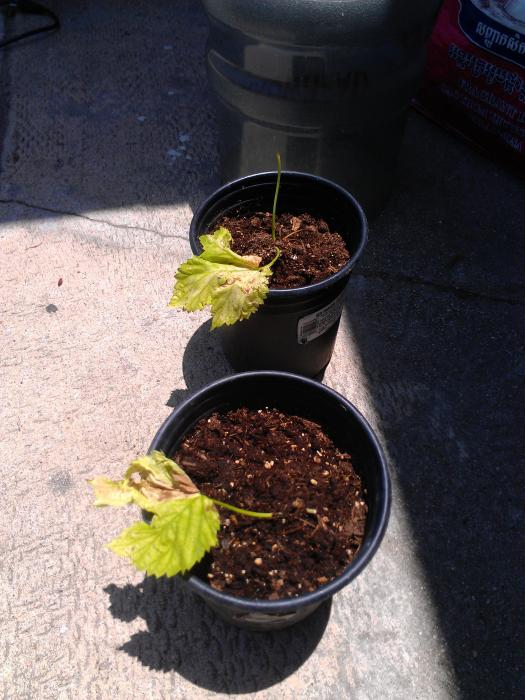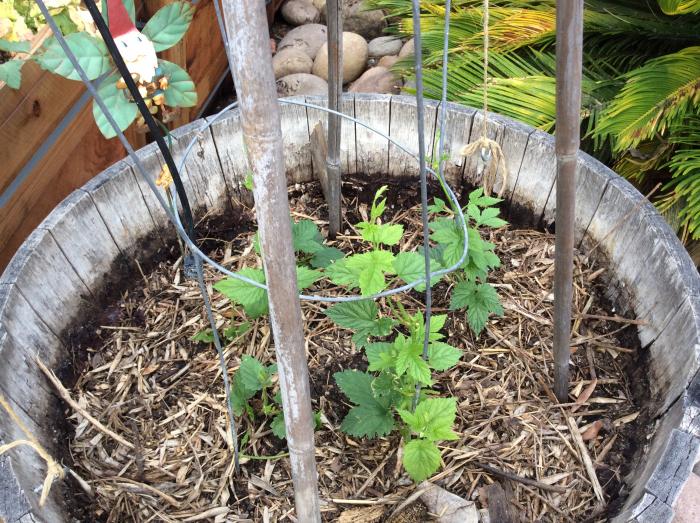brewerelated
Well-Known Member
It was 101 yesterday and it will 100 degrees today. There are aphids and spider mites on some of my plants, but I also have some lady bugs roaming around. I took a napkin and removed as much of the spider mites as I could and I misted them a little bit with a spray bottle. I read on the internet that spider mites love hot temperatures and hate water.
It doesn't look like any of my seedlings are going to survive. Not exactly sure why. I suspect that there is too much humidity or that I watered them too much. I am not sure. I need to get a male plant so I can produce my own supply of seeds. That way I can try this again and again until I figure out what I am doing wrong.
It doesn't look like any of my seedlings are going to survive. Not exactly sure why. I suspect that there is too much humidity or that I watered them too much. I am not sure. I need to get a male plant so I can produce my own supply of seeds. That way I can try this again and again until I figure out what I am doing wrong.

























![Craft A Brew - Safale BE-256 Yeast - Fermentis - Belgian Ale Dry Yeast - For Belgian & Strong Ales - Ingredients for Home Brewing - Beer Making Supplies - [3 Pack]](https://m.media-amazon.com/images/I/51bcKEwQmWL._SL500_.jpg)


































